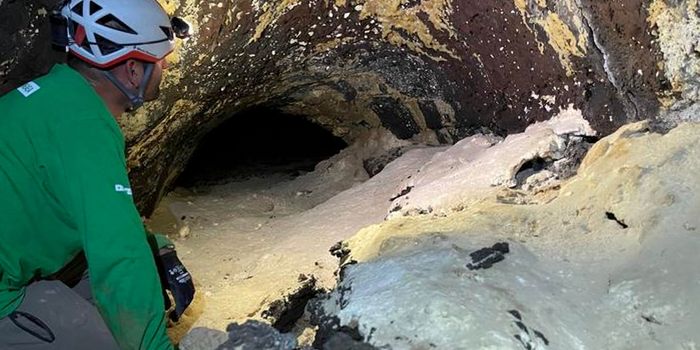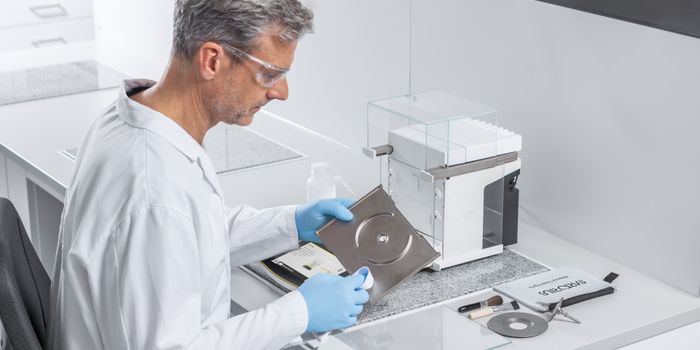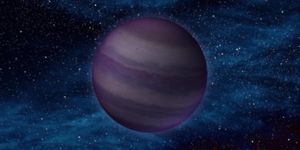Tau Herculid Meter Shower: A Hit Or A Miss In May
A comet called SW3 73P/Schwassmann-Wachmann was discovered 92 years ago in 1930 by German astronomers, Friedrich Carl Arnold Schwassmann and Arno Arthur Wachmann. This comet comes as close as 5.7 million miles every 5.4 years which is very faint and therefore there are no coherent observations that exist until 1990. It started fragmenting in the mid-1990s and in 2006 the Hubble Space Telescope found various pieces of it. Later an infrared telescope, the Spitzer Space Telescope, found 68 pieces in our solar system in 2017. This comet has been dispersing tiny pieces of itself in our solar system since then and continues to fragment more and more at every visit near us. Most of these pieces are just like dust. On May 30, 31st, the earth passes through this debris, our atmosphere will hit these fragments and they will burn up to display a show of fireworks in the sky. However, these are not going to be super bright, because they will hit our upper atmosphere at 10 miles per hour, which is a super slow speed. However, the good news is that the Moon will be in the new phase then, therefore, the chances of seeing these fireworks are quite high.
Now the next part is: where should one look? These should be visible near the constellation Boötes, which contains one of the brightest stars in the sky called Arcturus. This constellation is relatively bright and easy to look up. Here is a link to an interactive sky chart, which can give you a view of your own local sky, if you are in North America. All you need to do is add your zip code information at the following link:
https://skyandtelescope.org/interactive-sky-chart/
All this information was released by NASA’s Marshall Space Flight Center in Huntsville, Alabama under the leadership of Bill Cooke who is the head of NASA’s Meteoroid Environment Office.
Source: NASA blogs, Space.com








